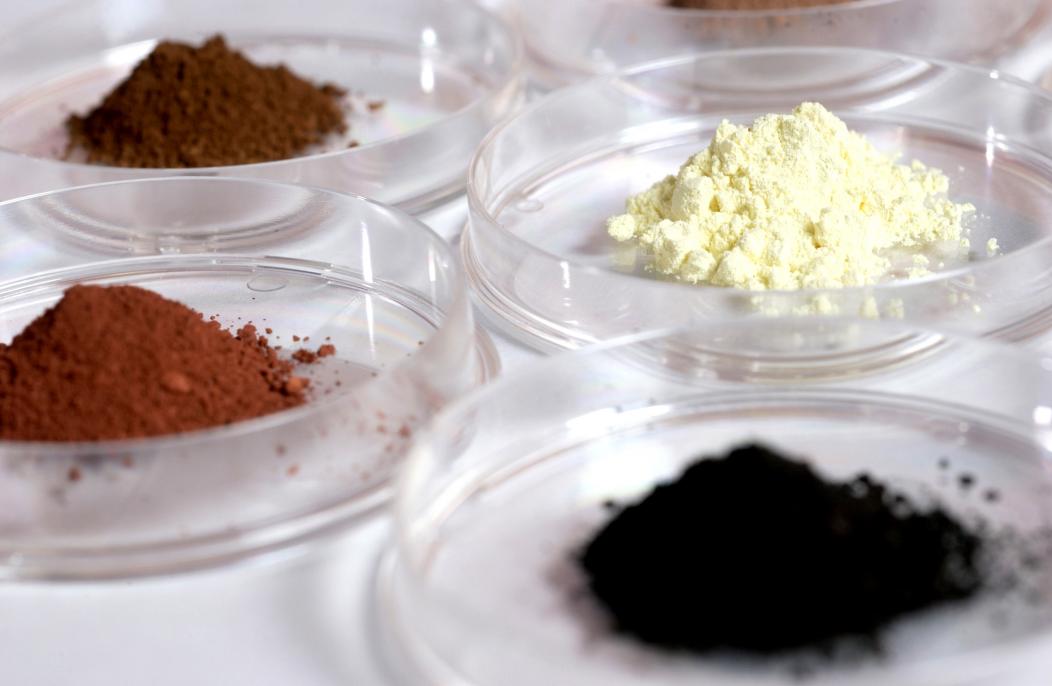The deputy minister of industry, mine, and trade and head of Iranian Mines and Mining Industries Development and Renovation Organization (IMIDRO), Mehdi Karbasian recently announced a national project to explore the potential for rare earth element (REE) reserves as well as develop the indigenized technology for production of these minerals, Eghtesadnews reported.
Rare earth elements are a set of seventeen chemical elements in the periodic table which are important in today’s technologies owing to their unique magnetic, phosphorescent, and catalytic properties.
“The production and consumption of REEs are globally on the rise as they are essential for manufacturing high tech products including advanced electronic and telecommunication devices, automotives and aircrafts, metallurgical alloys, pigment and paint, glass, ceramics, and medical equipments,” said Karbasian.
Stating that the IMIDRO has proposed plans to set up the first industrial-research facility for processing REEs, Karbasian said IMIDRO is also conducting laboratory research on extracting REEs from iron ore and phosphate mines tailings.
Experts say the value added recycling the mine tailings is more than 5000%, but the technical know-how is limited to only a few countries.
The diverse nuclear, metallurgical, chemical, catalytic, electrical, magnetic, and optical properties of the REEs have led to their ever increasing applications. These uses range from mundane (lighter flints, glass polishing) to high-tech (phosphors, lasers, magnets, batteries, magnetic refrigeration) and futuristic (high temperature superconductivity, safe storage and transport of hydrogen for a post-hydrocarbon economy) applications.
Environmental applications of REEs have increased significantly over the past three decades. This trend is expected to continue, given the growing concerns over global warming and energy efficiency. Some REEs are essential constituents of both petroleum fluid cracking catalysts and automotive pollution-control catalytic converters.
Iran’s major REE imports include scandium and yttrium which are mainly imported from China. Global REE prices declined in mid 1990s as China started producing the minerals in large quantities. Meanwhile, the rare earth oxides’ (REOs) prices soared since 2000 because of global rise in demand.
Despite their name, REEs are relatively plentiful in the Earth’s crust (with the exception of the radioactive promethium), with cerium being the 25th most abundant element which is as abundant as copper. However, because of their geochemical properties, REEs are typically dispersed and not often found concentrated.
Russia, the US, and China are the biggest producers of the REEs with the latter having the biggest reserves both in terms of quality and quantity. Proved REE reserves contribute to 43% of world reserves. REEs can also be found in Afghanistan, Australia, India, and South Africa.
The REEs are not exchange-traded in the same way as the precious or non-ferrous metals. Instead, they are sold on the private market, which makes their prices difficult to monitor and track.


